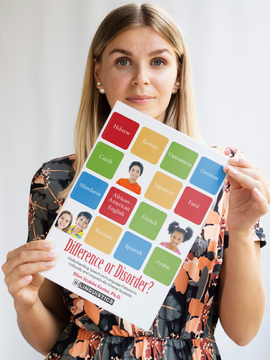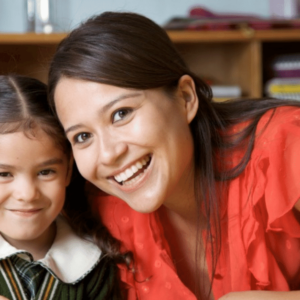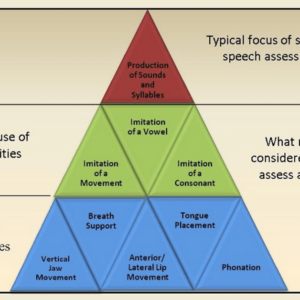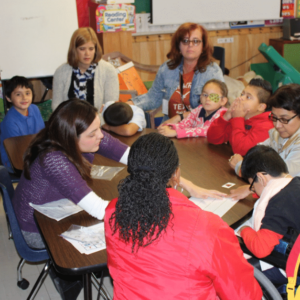Language Assessment of Bilingual Children
$22.00
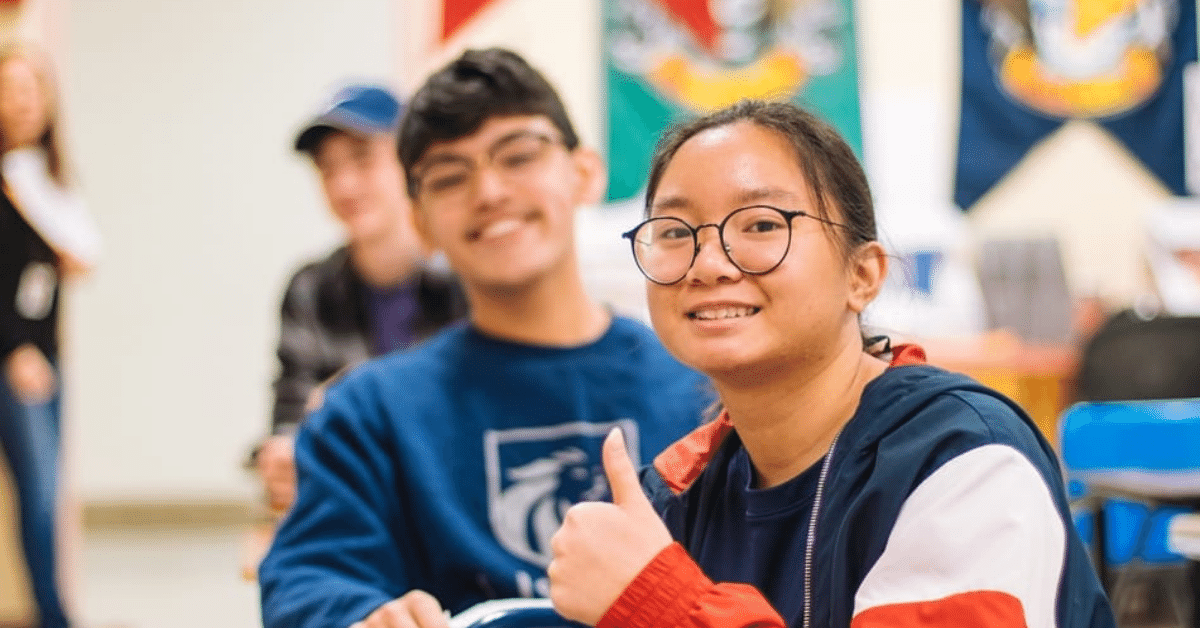
Course Type: Video – 1 1/2 hours
ASHA Course Code: Diversity, Equity, and Inclusion in Education, Training, Service Delivery, Public Policy – 7030
The cultural diversity of our caseloads is growing exponentially. Correctly identifying children with speech and language disorders is made easier by understanding how to use 1) the referral process, 2) the interview process, 3) formal assessment, 4) alternative assessment, and 5) reporting procedures to reduce our work and create truly rich data to confidently diagnose a child.
All of the essentials for evaluating bilingual children are gathered in this mini-course. The effectiveness of this information is demonstrated in the hundreds of bilingual evaluations that we conduct each spring.
Additional Information
| Population | School Age |
|---|---|
| Topics | Diversity, Equity, & Inclusion (DEI), Evaluations |
| Duration | 1.5 hours |
| Credit | .15 Continuing Education Units |
| Format | Video |
Financial Disclosure: Ellen Kester, Ph.D., CCC-SLP. Dr. Ellen Kester is the owner of Bilinguistics and receives a salary. Bilinguistics receives royalty payments for online courses.
Non-Financial Disclosure: Ellen Kester does not have any non-financial relationships to disclose.
Financial Disclosure: Brenda Gorman, Ph.D., CCC-SLP. Dr. Brenda Gorman does not have any financial relationships to disclose.
Non-Financial Disclosure: Dr. Gorman does not have any non-financial relationships to disclose.
Recognize when language differences are due to true disorders or due the natural process of learning a second language. Learn the pros and cons of standard tests and how to use alternative testing techniques to correctly identify children with disorders.
This course addresses the assessment of language skills in bilingual children. The advantages and disadvantages of standardized tests were discussed. Alternative assessment techniques were presented. This course was designed to enhance the practitioner’s ability to differentiate language differences from language disorders.
Participants will be able to:
Identify the warning signals and false alarms of language difficulties in case studies of English language learners
List necessary sources of information to make appropriate referrals and diagnoses
Describe L1 language loss and implications for assessment
Describe common signs of language impairment in bilingual children
Discuss the appropriateness of formal and informal testing procedures
Describe test modifications to obtain more information for accurate diagnosis
Identify possible sources of misdiagnosis
Identify several alternative forms of assessment
Discuss how to use interpreters successfully
Time-Ordered Agenda:
05 minutes: Introduction
10 minutes: Indicators of language disorders
10 minutes: Vocabulary development and retention
20 minutes: Normal processes of second language acquisition
10 minutes: Pros and cons of formal and informal testing
12 minutes: Differentiating language difference from disorder
10 minutes: Identifying possible sources of misdiagnosis
08 minutes: Reporting findings from a bilingual assessment
05 minutes: Closing and questions
Need CEUs?

 Share
Share
 Tweet
Tweet
 LinkedIn
LinkedIn
 Pin
Pin
 Email
Email


